- Home
- Features
- Movies/Media
- Collectibles
- Comics/Books
-
Databases
-
Figure Database
>
-
X-Plus Toho/Daiei/Other
>
- X-Plus 30 cm Godzilla/Toho Part One
- X-Plus 30 cm Godzilla/Toho Part Two
- X-Plus Large Monster Series Godzilla/Toho Part One
- X-Plus Large Monster Series Godzilla/Toho Part Two
- X-Plus Godzilla/Toho Pre-2007
- X-Plus Godzilla/Toho Gigantic Series
- X-Plus Daiei/Pacific Rim/Other
- X-Plus Daiei/Other Pre-2009
- X-Plus Toho/Daiei DefoReal/More Part One
- X-Plus Toho/Daiei DefoReal/More Part Two
- X-Plus Godzilla/Toho Other Figure Lines
- X-Plus Classic Creatures & More
- Star Ace/X-Plus Classic Creatures & More
-
X-Plus Ultraman
>
- X-Plus Ultraman Pre-2012 Part One
- X-Plus Ultraman Pre-2012 Part Two
- X-Plus Ultraman 2012 - 2013
- X-Plus Ultraman 2014 - 2015
- X-Plus Ultraman 2016 - 2017
- X-Plus Ultraman 2018 - 2019
- X-Plus Ultraman 2020 - 2021
- X-Plus Ultraman 2022 - 2023
- X-Plus Ultraman Gigantics/DefoReals
- X-Plus Ultraman RMC
- X-Plus Ultraman RMC Plus
- X-Plus Ultraman Other Figure Lines
- X-Plus Tokusatsu
- Bandai/Tamashii >
- Banpresto
- NECA >
- Medicom Toys >
- Kaiyodo/Revoltech
- Diamond Select Toys
- Funko/Jakks/Others
- Playmates Toys
- Art Spirits
- Mezco Toyz
-
X-Plus Toho/Daiei/Other
>
- Movie Database >
- Comic/Book Database >
-
Figure Database
>
- Marketplace
- Kaiju Addicts
|
Mothra (モスラ Mosura) is a 1961 science fiction kaiju tokusatsu film from Toho Studios, directed by genre regular Ishirō Honda with special effects by Eiji Tsuburaya. It is the genre film debut of screenwriter Shinichi Sekizawa, whose approach to Toho's monster and fantasy films grew to prominence during the 1960s. The film stars Frankie Sakai, a popular comedian in Japan at the time, and Hiroshi Koizumi, in the first of many academic roles he would adopt in tokusatsu. Jerry Ito (transliterated as "Jelly Ito" in the credits of the U.S. release) stars in the film, his only appearance in a Toho monster film. Ito did however appear in 1958's Japanese-American co-production The Manster, and in Toho's 1961 end-of-the-world feature The Last War. Its basic plot was recycled in King Kong vs. Godzilla and Mothra vs. Godzilla (1962 and 1964, both also written by Sekizawa), and Mothra would become Toho's second most popular kaiju character after Godzilla, appearing in seven Godzilla sequels and her own trilogy in the 1990s.
There the team discover a vast jungle of mutated flora, a fleeting native tribe, and two young women only twelve inches tall (Emi and Yumi Itō), who save Chujo from being eaten by a vampire plant. The "Shobijin" (small beauties), as Fukuda dubs them, wish their island to be spared further atomic testing. Acknowledging this message, the team returns and conceals these events from the public. Nelson, however, returns to the island with a crew of henchmen and abducts the girls, gunning down several natives who try to save them. While Nelson profits off a "Secret Fairies Show" in Tokyo featuring the girls singing, both they and the island natives beseech their god Mothra, a giant egg, for help. Fukuda, Hanamura, and Chūjō communicate with the young women via telepathy; they express conviction that Mothra will come to their aid and warn that "good people are sure to be hurt". Meanwhile, Fukuda's newspaper has accused Nelson of holding the girls against their will; Nelson denies the charge and files a libel suit against the paper. Meanwhile, the island egg hatches to reveal a gigantic caterpillar, which begins swimming the Pacific Ocean toward Japan. The caterpillar destroys a cruise ship and survives a napalm attack on a beeline path for Tokyo. The Rolisican Embassy, however, defends Nelson's property rights over the girls, ignoring any connection to the monster. Mothra finally arrives on the Japanese mainland, impervious to the barrage of weaponry directed at it, ultimately building a cocoon in the ruins of Tokyo Tower. Public feeling turns against Nelson, and he is ordered to release the girls. He flees incognito to Rolisica, where Mothra, newly hatched in an imago form, immediately resumes her search. Police scour New Kirk City for Nelson as Mothra lays waste to the metropolis. Ultimately, Nelson is killed in a shootout with police, and the girls are assigned to Chūjō's care. Church bells begin to ring, and sunlight illuminates the cross atop the steeple with radiant beams, reminding Chūjō and Hanamura of Mothra's unique symbol and of the girls' voices. Chūjō hits upon a novel way to attract Mothra to an airport runway. The girls are returned amid salutations of "sayōnara", and Mothra flies back to Infant Island. Cast
Production Based on the novel The Luminous Fairies and Mothra, this adaptation was penned by Shinichi Sekizawa, who submitted his first draft proposal in 1960. Vaguely titled The Giant Monster Thing, this early concept featured a race of tiny women alongside the movie's giant monster. A name for the fairies was not specified in this first proposal, as apparently even at this early stage Sekizawa was contemplating a name change from their original title of the "Airenas" from the book. In an unusual turn of events, another draft proposal was submitted shortly after. Re-titled Giant Monster Mothra, this second proposal fleshed out the concept more, giving the small women the name of the "Pichi Fairies" while citing that five would be seen during the course of the film. The size of the Pichi Fairies was stated as being 60 centimeters, showing a strange level of detail in this respect for a draft proposal. For reference, that would have been roughly twice the size of the final "Shobijin." The idea was seen as a winner, as a more fleshed out screenplay was finally commissioned. In 1960, the first script for the production was completed, and was accompanied by a storyboard to help relate the concept. The storyboard, infamous for showing a rather frightening interpretation of Mothra, displayed a number of different concepts compared to the final film, including Mothra squaring off with a squadron of jets and also building a cocoon on the Diet Building, a concept that would eventually return in Godzilla vs. Mothra (1992). A lot of this was about to change, though, with the signing of two popular singers to the project. On January 14, 1961, the second draft of Giant Monster Mothra was submitted. Since the first draft, the singing duet The Peanuts (Emi and Yumi Ito) had been attached to the production. Seeing a very lucrative idea in the making, the fairy role was altered to just that of the singing duo, while their name was also changed to the Shobijin. The concept would be altered even further by Sekizawa, as a third draft of the script was submitted on February 5 of that same year. Production on the movie was now in full swing, although the name Giant Monster Mothra hanged around for quite a while, even being used on advance posters before it was shortened to simply Mothra (1961) for its final release. When explaining the origins of the film, Ishiro Honda stated, "For Mothra, producer [Tomoyuki] Tanaka set up a plan to create a completely different monster movie from what we had previously produced. We asked three young novelists to create the original story, and Shinichi Sekizawa was responsible for the screenplay. During the screenplay development, Mr. Sekizawa coined the term Shobijin (little beauties) for the twin fairies". Honda also stated that it was King Kong that had a huge influence on the story. When asked if Mothra was a Japanese version of King Kong, Honda replied: "From the early planning stages with Mr. Tsuburaya, before the screenplay was written, the setting was an adventure set on a South Sea island, where a mysterious giant creature is worshiped as a God. There's also a showman and beauty (in this case little beauties), causes a city to be rampaged. So yes, this is a Japanese version of King Kong. However I wanted our final act a happy ending, and not like the denouement of Kong, which ended in tragedy." The original climax for Mothra was entirely different from what ended up in the final print. Originally, Nelson and his group had planned to kidnap Shinji Chujo for a longer period of time, rather than leaving him tied up as they fled the country. Instead, they took the small boy on a private plane as they attempted to flee, only to accidentally crash near a mountainside. Meanwhile, the film's heroes are in close pursuit, having brought along the authorities to help save the boy. All of this takes place while Mothra is still in its cocoon, meaning that Fukuda and the others weren't originally planned to witness the birth of Mothra's adult form. Instead they give chase to Nelson as Mothra breaks free after the Atomic Heat Ray Gun attack. She then immediately flies to the mountainside, kills Nelson and goes back to Infant Island with the Shobijin. It's hard to say how much of the original climax was finished before being cut, but there are a number of black and white production stills showing that the mountain chase sequence was filmed, at least in part; however, no photos have been seen of the story boarded sequence relating to the plane crash that would have occurred just before it. Honda explained this scenario, "In the finished film the villain, played by Jerry Ito, flees to New Kirk City. However in relation to shoot schedule and budget, we revised the ending to the villain being cornered in the mountains of Kyushu, which I rewrote with Mr. Sekizawa. Since there was a contract with a U.S studio (Columbia Pictures), Toho deliberated while awaiting approval for this change from the American side. Toho decided to not wait, and ordered me to start shooting this alternate ending on location (in Kagoshima). So I left for the shoot with the cast and crew before the reply came in. In fact these scenes were part of principal photography. However when we returned to the studio after getting everything safely in the can, Toho received a "No" answer from the U.S side. So we had to re shoot the ending after all. Unfortunately the budget was stretched when creating the New Kirk City sets. And if that wasn't enough, another problem arose. While we were shooting in Kyushu, there was a scene where the villain is blown off by Mothra's wings, and falls to his death deep into a volcanic crater. We used a life-sized dummy for that shot, but the second unit crew didn't bother recovering it. After a few days, it was spotted by a group of climbers, who took it as a suicide and contacted the local authorities. Causing quite the uproar, the police immediately formed a rescue party, and scaled down the treacherous precipice only to discover it was just a dummy. Needless to say we were soundly scolded. Despite the hardship in shooting the footage, none of the film was ever developed." Release Mothra was released in Japan on July 30, 1961 where it was distributed by Toho. Mothra was released by Columbia Pictures with an English dub on May 10, 1962. This version had an 90 minute running time. The film has been re-released theatrically in Japan since its release. This includes a shorter version of the film distributed by Toho with a 62 minute running time on December 14, 1974. This version was edited by Ishiro Honda. Mothra was re-released theatrically in Japan on November 21, 1982 as part of Toho's 50th anniversary. Reception
Film critic A. H. Weiler in The New York Times gave the film a generally positive review, singling out the color and special effects for praise. "There's that color, as pretty as can be, that now and then smites the eye with some genuinely artistic panoramas and décor designs." DVD release Columbia TriStar (Sony) Released: August 18, 2009 (as part of Icons of Sci-Fi: Toho Collection, along with The H-Man and Battle in Outer Space) Mill Creek Entertainment Released: February 25, 2014 as part of Sci-Fi Creature Classics, along with 20 Million Miles To Earth, The Giant Claw and It Came From Beneath The Sea. (Note: Mothra is presented in anamorphic widescreen though the DVD case mislabels it as being in letterbox.)
0 Comments
Konga is a 1961 British/American international co-production science fiction horror film directed by John Lemont and starring Michael Gough, Margo Johns and Austin Trevor. It was shot at Merton Park Studios and in Croydon for Anglo Amalgamated, then distributed in the United States by American International Pictures (AIP) as a double feature with Master of the World. Anglo Amalgamated and AIP each provided half the funding for the US$500,000 film with each studio receiving distribution rights in their respective hemispheres. Konga was the basis for a comic book series published by Charlton Comics and initially drawn by Steve Ditko (prior to Ditko's co-creation of Spider-Man) in the 1960s.
Just before going on a rampage, the super-sized ape grabs Decker in one of his enormous hands, while Sandra's arm is eaten by Decker's carnivorous plants. His rampage comes to a stop when he and Decker are killed by the British army. Upon his death, Konga changes back to a baby chimpanzee. Cast
Production Following the incredible success of Herman Cohen's previous British made film Horrors of the Black Museum that also featured Michael Gough, Nat Cohen (who was no relation to Herman) of Anglo-Amalgamated asked Cohen for another exploitation film. As Cohen had long admired King Kong he thought of a giant ape film shot in colour. Due to Cohen's success with his I Was a Teenage Werewolf (1957), AIP used "I Was a Teenage Gorilla" as the working title. Cohen paid RKO Pictures $25,000 for the rights to the name of Kong for exploitation purposes. Cohen recalled that the special effects for the film that was one of the first giant monster movies shot in colour (Eastmancolor) took 18 months to complete. The climatic scene in London streets was possible when the producer was able to convince a police precinct captain that the scenes could be effectively staged late at night on essentially empty streets. A combination of miniature sets, an actor in a gorilla suit and use of studio mattes also made the technical aspects of the production look better than its meagre budget would allow. Reception Konga appeared as part of a program double-bill with Master of the World (1961). The film was reviewed in The New York Times, where the film critic Eugene Archer noted it played to "misplaced guffaws" and was further described as: "... the British 'Konga' is nothing more than an overblown 'King Kong,' hammily played by Michael Gough and an improbable-looking ape." In a later Time Out film review, Konga was considered: "Inept, silly, and ludicrously enjoyable monster movie, with Gough as the mad boffin who injects a chimp with a growth serum, only to see it turn into an uncredited actor in a gorilla suit. Thereafter the ape grabs a Michael Gough doll and heads for Big Ben. Deeply political." On Rotten Tomatoes, the film holds an approval rating of 33% based on 6 reviews, with a weighted average rating of 4.4/10. Novel and comic-book series
A novelization of the film was released in paperback at the time of its original release (Konga by Dean Owen (Monarch, 1960)). From 1960 to 1965 Charlton Comics published 23 issues of the comic Konga. It included work by Spider-Man co-creator Steve Ditko. The series was renamed Fantastic Giants with issue #24, which turned out to be the last issue of the series. Konga also appeared in a three-issue mini-series that started off as The Return of Konga, before it was renamed Konga's Revenge with issue #2. The series ran from 1962-1964. This was followed by a one-shot reprint issue in 1968. In 1990, Steve Ditko illustrated a back-up story in Web of Spider-Man Annual #6 called "Child Star". In this story, Captain Universe creates huge versions of toys based on Gorgo and Konga to battle giant monsters that are attacking the neighborhood. For copyright reasons Konga's name was altered to "Kongo". This sequence was Ditko paying homage to his earlier work with these characters from the 1960s Charlton Comics comic books. Some of these issues were reprinted (in black and white) in a trade paperback in 2011 called Angry Apes n' Leapin Lizards. In August 2013, IDW Publishing reprinted all the issues that artist Steve Ditko worked on (Konga #1 and #3-15 and Konga's Revenge #2) as a deluxe hardcover collection called Steve Ditko's Monsters: Konga. |
Release Dates
November 2023
|
|
© 2011-2024 Kaiju Battle. All Rights Reserved.
|
Visit Our Social Media Sites
|
Proudly powered by Weebly
|
- Home
- Features
- Movies/Media
- Collectibles
- Comics/Books
-
Databases
-
Figure Database
>
-
X-Plus Toho/Daiei/Other
>
- X-Plus 30 cm Godzilla/Toho Part One
- X-Plus 30 cm Godzilla/Toho Part Two
- X-Plus Large Monster Series Godzilla/Toho Part One
- X-Plus Large Monster Series Godzilla/Toho Part Two
- X-Plus Godzilla/Toho Pre-2007
- X-Plus Godzilla/Toho Gigantic Series
- X-Plus Daiei/Pacific Rim/Other
- X-Plus Daiei/Other Pre-2009
- X-Plus Toho/Daiei DefoReal/More Part One
- X-Plus Toho/Daiei DefoReal/More Part Two
- X-Plus Godzilla/Toho Other Figure Lines
- X-Plus Classic Creatures & More
- Star Ace/X-Plus Classic Creatures & More
-
X-Plus Ultraman
>
- X-Plus Ultraman Pre-2012 Part One
- X-Plus Ultraman Pre-2012 Part Two
- X-Plus Ultraman 2012 - 2013
- X-Plus Ultraman 2014 - 2015
- X-Plus Ultraman 2016 - 2017
- X-Plus Ultraman 2018 - 2019
- X-Plus Ultraman 2020 - 2021
- X-Plus Ultraman 2022 - 2023
- X-Plus Ultraman Gigantics/DefoReals
- X-Plus Ultraman RMC
- X-Plus Ultraman RMC Plus
- X-Plus Ultraman Other Figure Lines
- X-Plus Tokusatsu
- Bandai/Tamashii >
- Banpresto
- NECA >
- Medicom Toys >
- Kaiyodo/Revoltech
- Diamond Select Toys
- Funko/Jakks/Others
- Playmates Toys
- Art Spirits
- Mezco Toyz
-
X-Plus Toho/Daiei/Other
>
- Movie Database >
- Comic/Book Database >
-
Figure Database
>
- Marketplace
- Kaiju Addicts
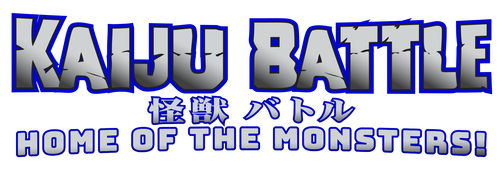
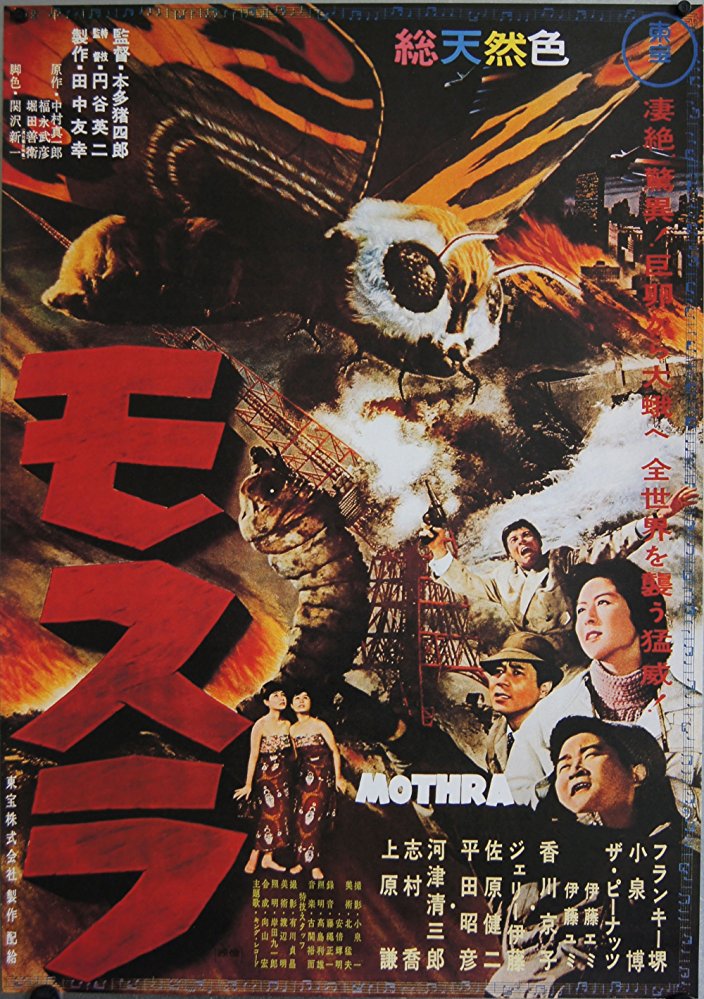
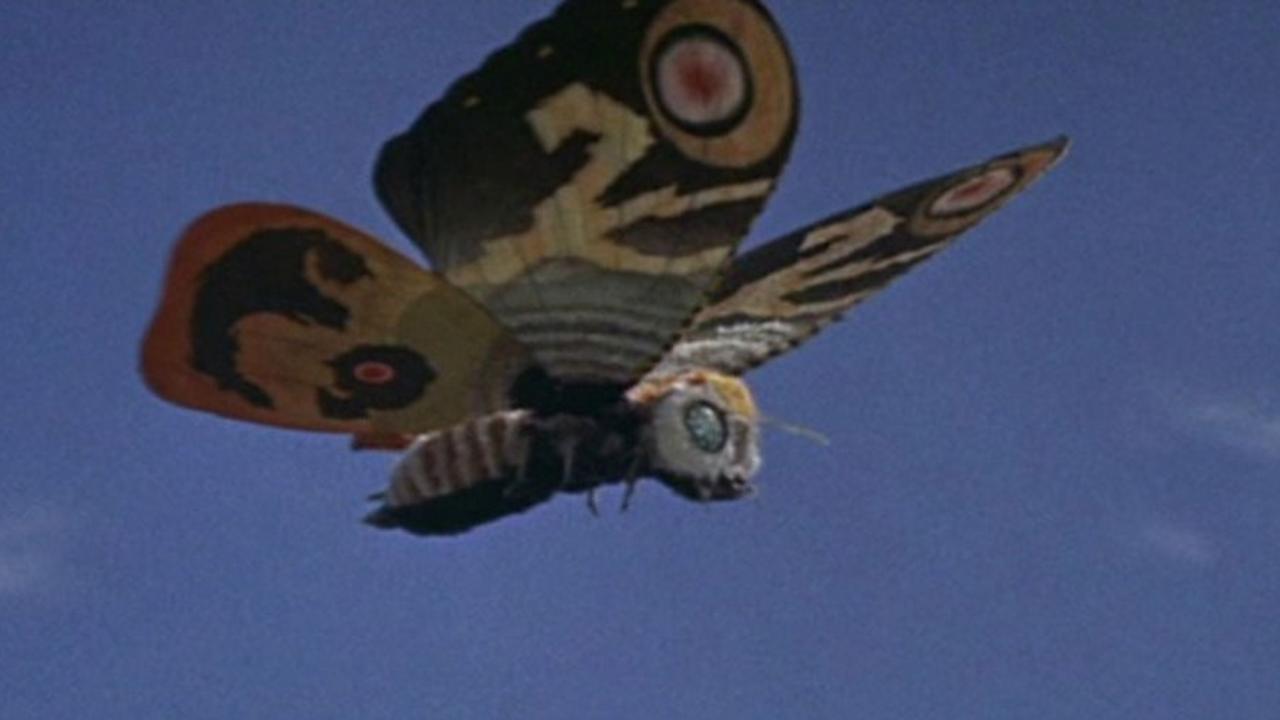

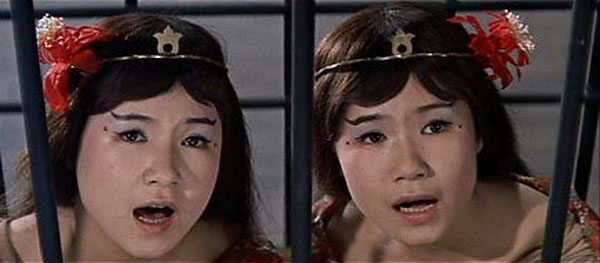
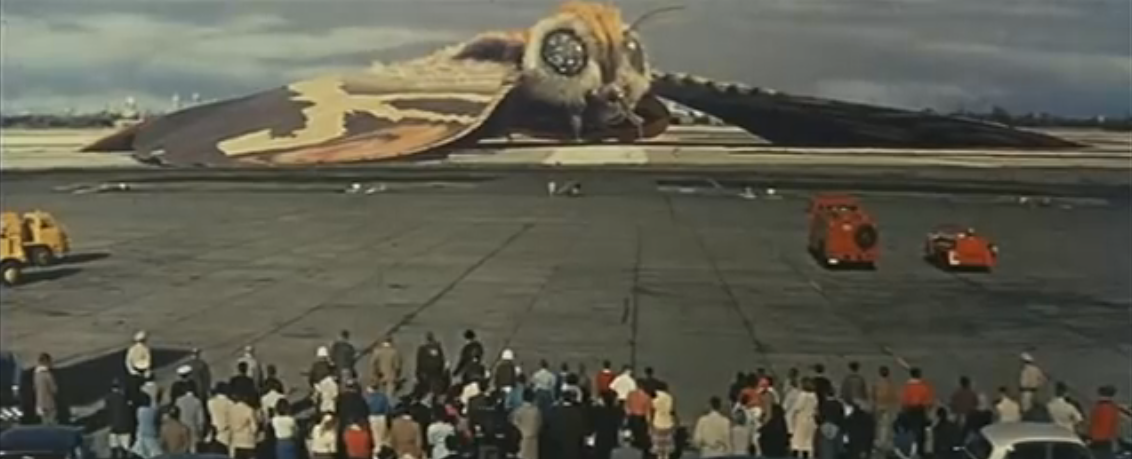
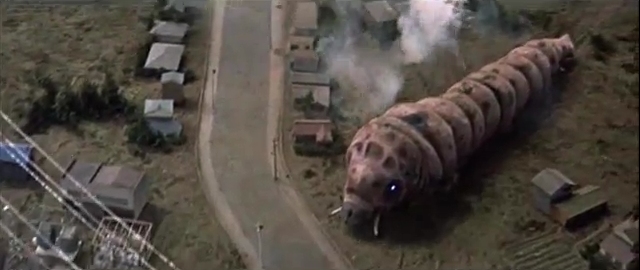

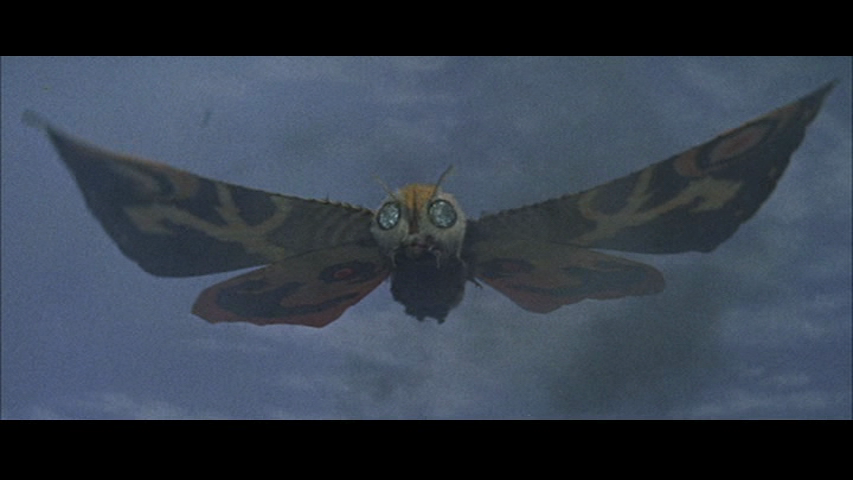
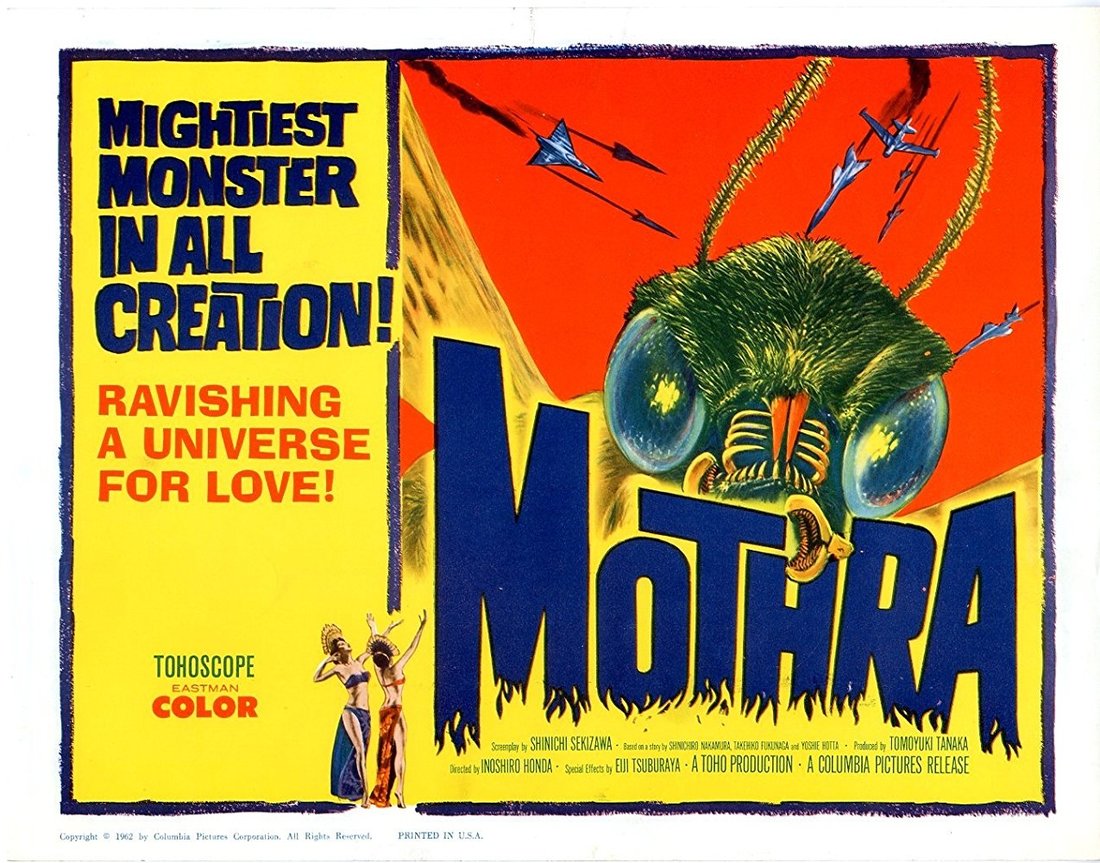
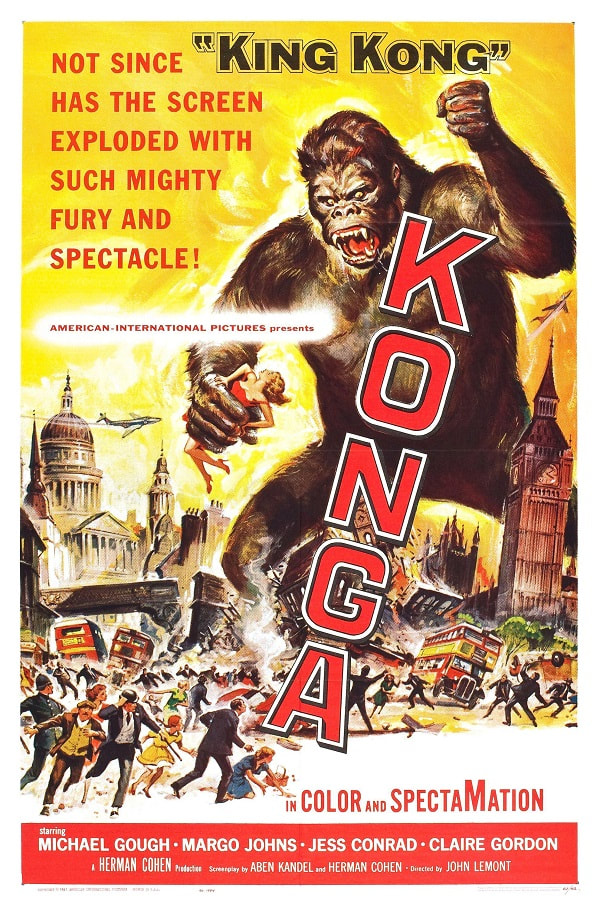
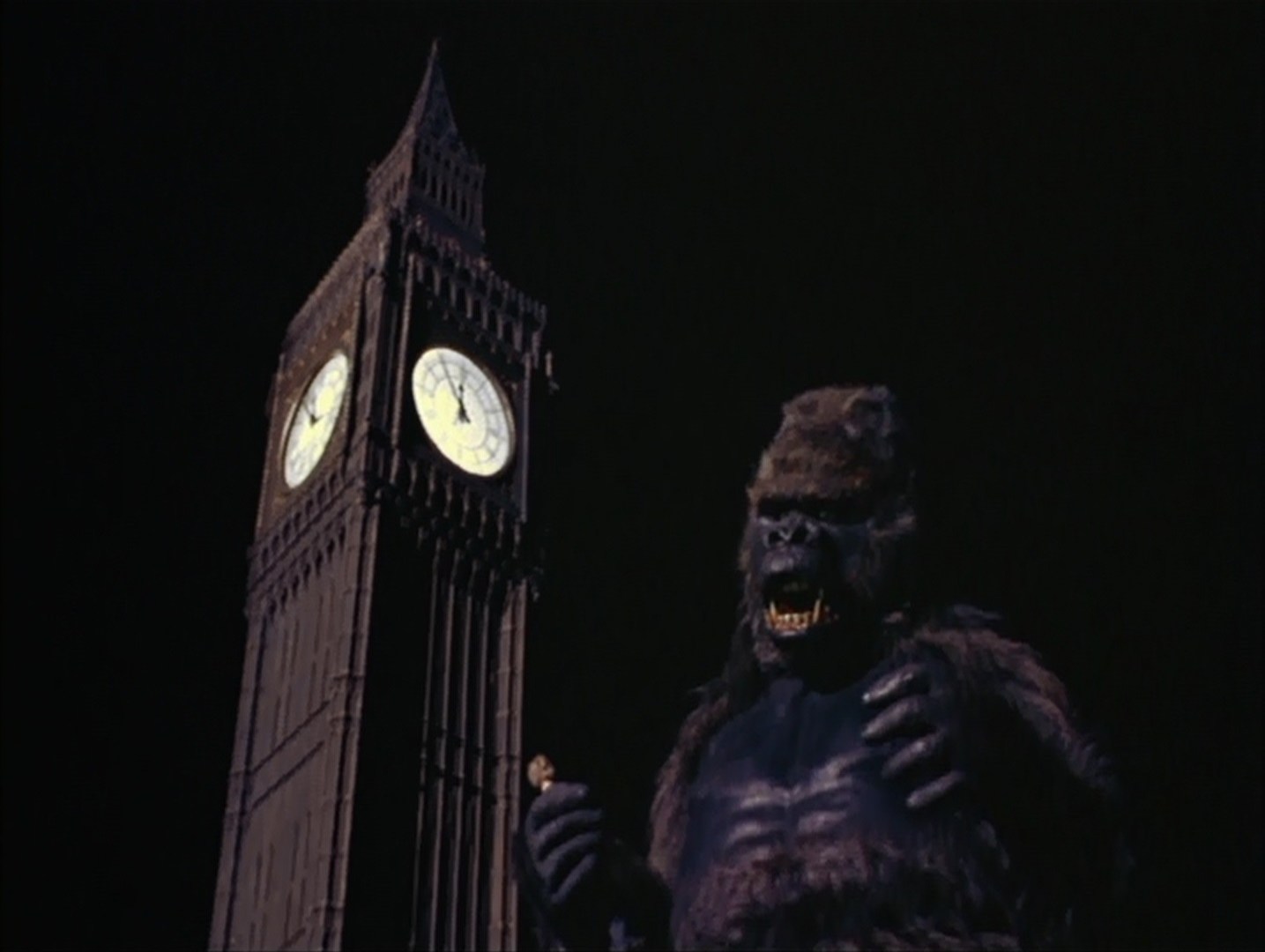
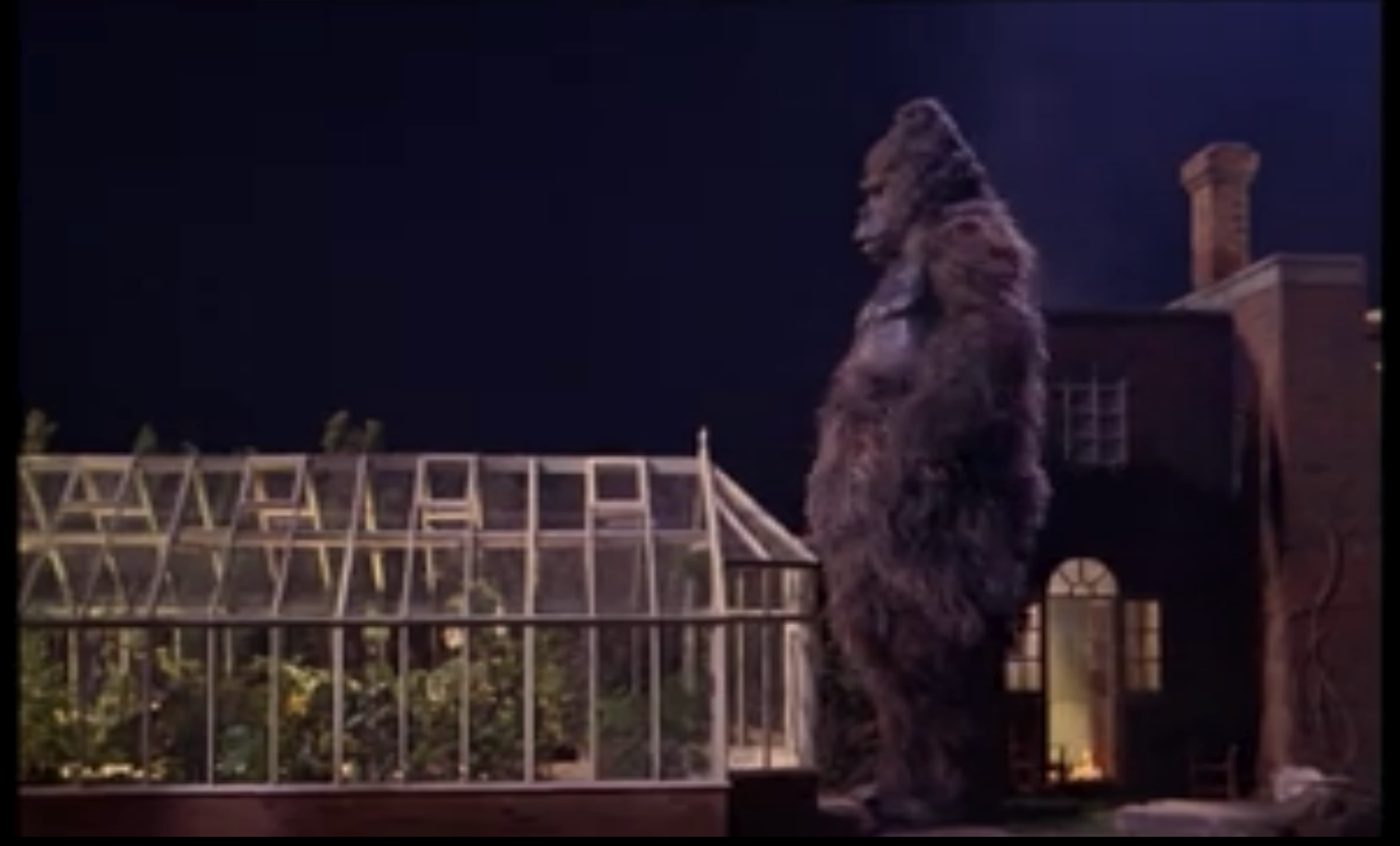
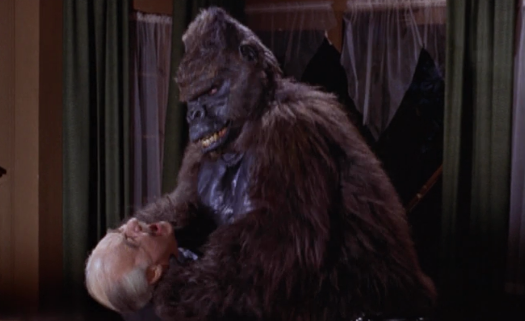
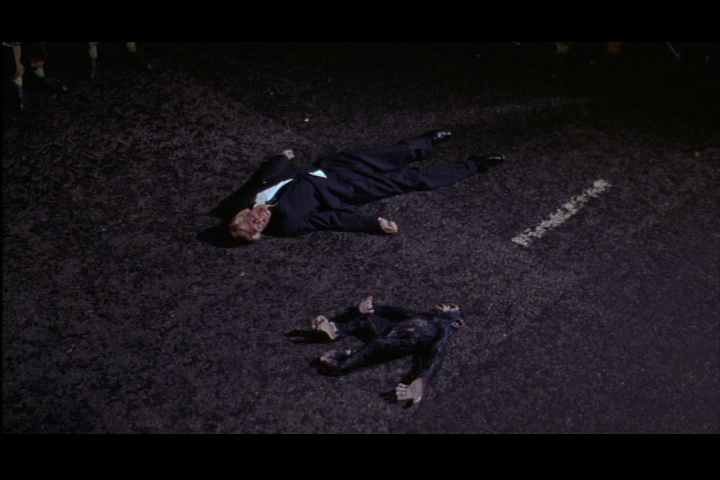
 RSS Feed
RSS Feed